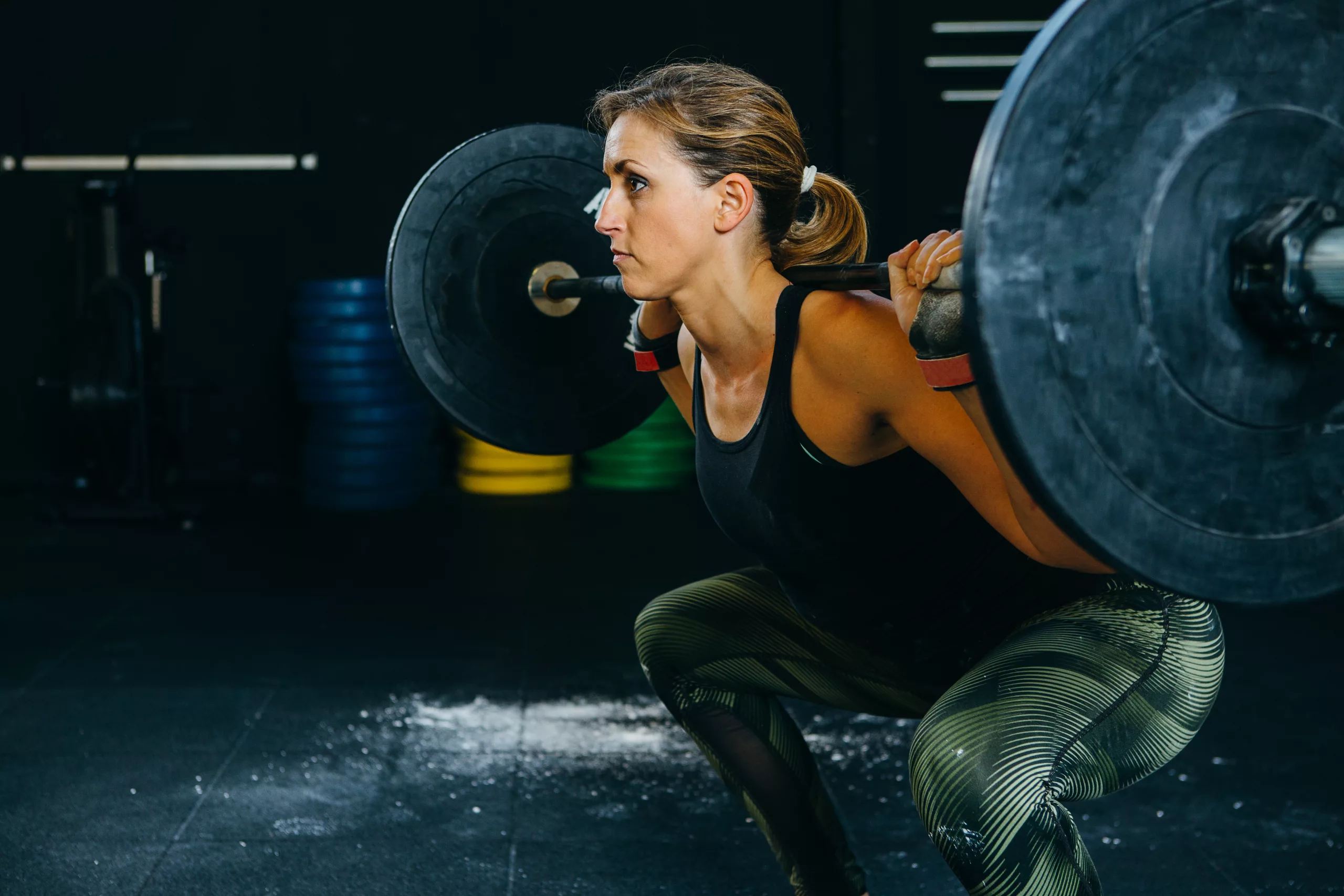
Unlocking Your Squat: How Depth and Load Impact Muscle Activity
Squatting is a fundamental movement in both daily life and athletic training, and has been the subject of extensive research. A pinnacle study by Bryanton et. al. published in the Journal of Strength & Conditioning Research showed how squat depth and load influence how hard different muscle groups work during this movement. In this blog, we will review the findings of this research to provide you with insights on how you might want to approach squatting in your training. But before we dive into the technique and findings, it’s essential to understand the anatomy involved and some key biomechanical concepts.
Anatomy of Key Muscle Groups
The key muscles of squatting, which were discussed in the article, include:
Glutes: Located in the posterior region of the pelvis, these muscles are responsible for extending and rotating the hip.
Quadriceps: Situated at the front of the thigh, these muscles extend the knee.
Hamstrings: Found at the back of the thigh, these muscles extend the hip and flex the knee.
Calves: Located at the back of the lower leg, these muscles point the toes and help lift the heel off the ground – called plantar flexion.
Understanding Net Joint Moment and Relative Muscular Effort
Net joint moment and relative muscular effort are complex biomechanical terms, but understanding them is crucial for a comprehensive grasp of what happens during a squat. In basic terms:
Net Joint Moment (NJM): This measurement provides an estimation of the minimal muscular torque, or force, required for movement at a joint. In simpler terms, it’s the force that muscles need to produce to cause movement or maintain a position.
Relative Muscular Effort (RME): This is measured as the muscle group’s NJM during a task relative to a muscle’s NJM during isometric maximal voluntary contraction. Essentially, it’s a way to gauge how hard a muscle is working during a specific activity compared to its maximum potential.
With this foundational knowledge in place, let’s dive into the insights from the article!
Effects of Squat Depth
The depth of a squat can significantly influence the muscles’ activation patterns in the lower body. Bryanton et al. found that as squat depth increased, the relative muscular effort (RME) of the knee extensors also increased. Specifically, deep squats, where the thighs are parallel to the ground or even lower, showed a much more pronounced engagement of the knee extensors. This depth is essential for those looking to strengthen their quadriceps. On the other hand, shallower squats showed less of an emphasis on the knee extensors.
Effects of Barbell Load
The weight on the barbell plays a pivotal role in determining muscle activation during a squat. Bryanton et al. observed that as the barbell load increased, especially around 90% of one repetition maximum (1 RM), there was a significant increase in the relative muscular effort of the hip extensors and ankle plantar flexors. This means that those aiming to target their glutes and hamstrings might benefit from adding more weight to their squats. However, it’s crucial to maintain proper form to prevent back pain and ensure safety.
How to Use This Information
The insights from the research can be applied in various sports and training scenarios. For instance, a volleyball player, when landing from a jump, requires significant quadriceps loading. In such a case, focusing on deeper squats can help enhance the strength and resilience of the quadriceps, preparing them for the demands of the sport. On the other hand, a football lineman might need to emphasize glute strength for powerful movements off the line. For them, working with squats to parallel at a higher weight can be beneficial, targeting the glutes more effectively.
Interactions between Squat Depth and Barbell Load
The combination of squat depth and barbell load can produce unique muscular activation patterns. For instance, deep squats with heavy loads can maximize the engagement of both hip and knee extensors. However, it’s essential to approach such a combination with caution, especially for beginners, to ensure safety and prevent injuries.
Conclusion
Understanding the interplay between squat depth and barbell load is crucial for optimizing lower body loading and muscle activation. By adjusting these parameters, individuals can target specific muscle groups, enhance their leg strength, and ensure they’re squatting with proper form.
For those in Edmonton seeking further guidance or experiencing any discomfort while squatting, Connect Physiotherapy & Exercise’s knowledgeable and experienced professionals are here to help with physiotherapy and one-on-one training.
Reference
Bryanton MA, Kennedy MD, Carey JP, Chiu LZ. Effect of squat depth and barbell load on relative muscular effort in squatting. J Strength Cond Res. 2012 Oct;26(10):2820-8.

